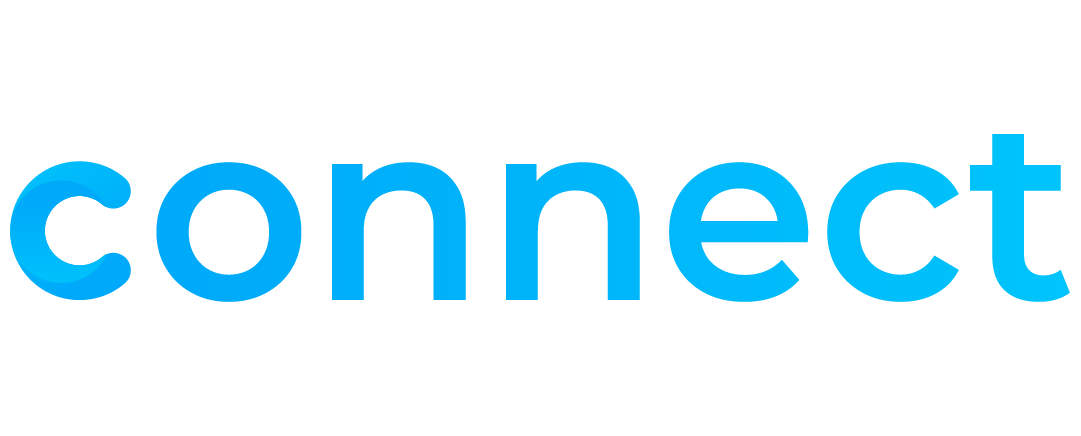Introduction: Pharma's Expanding Responsibility
For decades, pharmaceutical companies have operated under a singular mission: to improve human health. While this core objective remains intact, the landscape of corporate responsibility is evolving rapidly. Global stakeholders—from investors to regulators to consumers—are now evaluating pharma firms not just on their drugs and innovations, but on their broader impact on society and the environment.
This expanded framework is captured in the concept of ESG: Environment, Social, and Governance. For pharma, ESG is not just a trend or a public relations strategy. It is a foundational shift in how companies must operate, comply, and innovate. The demand is clear: deliver health while also protecting the planet, supporting equitable social practices, and upholding transparent governance.
This article explores how ESG is transforming the pharmaceutical industry, the strategic importance of sustainability and ethics, and how tools like CRM, digital platforms, and policy frameworks are enabling this transition.
Part 1: Understanding ESG in the Pharma Context
ESG stands for:
-
Environmental: Minimizing ecological damage through sustainable practices.
-
Social: Promoting ethical practices in communities, employees, and patients.
-
Governance: Ensuring transparency, accountability, and regulatory adherence.
In pharma, ESG is unique because of its direct impact on life sciences, public health, and scientific integrity. ESG is not a checklist; it is a lens through which every business process is being re-evaluated.
Part 2: Environmental Responsibility in Pharma
-
Green Manufacturing
-
Reducing waste in chemical synthesis
-
Green solvents, energy-efficient reactors
-
Real-time emissions tracking
-
-
Sustainable Packaging
-
Shift from plastic blister packs to biodegradable alternatives
-
Recyclable cartons with patient info printed in soy ink
-
Temperature-stable packaging to reduce cold-chain emissions
-
-
Carbon Neutrality Goals
-
Companies like AstraZeneca pledging carbon neutrality by 2025
-
Supply chain audits to monitor Scope 1, 2, and 3 emissions
-
-
Digital Transformation to Reduce Carbon Footprint
-
e-Detailing instead of printed materials
-
Remote meetings vs. field visits (supported by CRM tools)
-
Part 3: Social Responsibility and Inclusion
-
Ethical Clinical Trials
-
Informed e-Consent solutions that enhance patient understanding and legal compliance
-
Diversity in trial participation to reflect real-world demographics
-
-
Patient Access and Affordability
-
Tiered pricing models for different regions
-
Digital adherence tools to improve long-term outcomes
-
-
Community Engagement and Education
-
Awareness campaigns about lifestyle diseases
-
Partnering with local healthcare NGOs
-
-
Fair Labor Practices in the Supply Chain
-
Ensuring contract manufacturers do not exploit workers
-
Transparency in labor wages and working conditions
-
Part 4: Governance and Ethical Compliance
-
Data Privacy and Security
-
Compliance with HIPAA, GDPR, and India's Digital Personal Data Protection Act (DPDPA)
-
Role-based access control in CRM systems
-
Blockchain-based audit trails
-
-
Transparent Reporting Structures
-
ESG scorecards published in annual reports
-
Independent ESG audits and certifications (e.g., ISO 14001)
-
-
Anti-Corruption Frameworks
-
Enforcing no-gift policies with HCPs
-
Internal whistleblower mechanisms
-
-
Board-level ESG Oversight
-
ESG-focused committees within pharma boards
-
Linking executive bonuses to ESG KPIs
-
Part 5: ESG Enablers in the Digital Era
-
CRM as an ESG Enabler
-
Tracking doctor interactions digitally to reduce travel emissions
-
Feedback loops to monitor ethical concerns
-
CloseUp CRM modules designed for medical compliance and transparency
-
-
e-Consent and e-Audits
-
Digital tools for ethical trial participation
-
Centralized access logs for regulators
-
-
AI and Predictive Analytics for ESG
-
Predicting supply chain risks like unethical sourcing
-
Monitoring employee wellbeing via engagement tools
-
-
Digital Document Management
-
Reducing paper usage via cloud document repositories
-
Role-based access and encrypted storage
-
Part 6: Real-World Pharma ESG Examples
-
Pfizer's Sustainable Labs
-
Use of waterless washing systems
-
Solar-powered R&D centers in Asia
-
-
Roche's Ethical Supply Chain
-
Full audit of third-party API manufacturers
-
Community support in sourcing geographies
-
-
Indian Pharma Companies Leading ESG
-
Cipla's green pharma initiative
-
Dr. Reddy's ESG report aligns with UN SDGs
-
Part 7: Challenges in ESG Implementation
-
Cost vs. Long-term Value
-
Initial investment in green tech
-
ROI in terms of brand equity and regulatory ease
-
-
Data Silos and Integration Gaps
-
Need for interoperable systems
-
CRM integration across departments
-
-
Evolving Regulatory Landscape
-
Adapting to global ESG mandates
-
Differing definitions and priorities across countries
-
Part 8: The Future of ESG in Pharma
-
ESG KPIs embedded in performance reviews
-
ESG scores affecting stock market valuations
-
AI-driven ESG dashboards in CRM platforms
-
Real-time compliance alerts
-
Direct patient and HCP feedback for ESG ratings
Conclusion: ESG as Pharma's Second Bottom Line
Environment, Social, and Governance dimensions are not distractions—they are foundational to the pharma industry’s future. Patients today seek ethical healing. Regulators demand transparency. Investors value long-term sustainability. And employees want to work for purpose-driven organizations.
By embracing ESG fully, pharma companies can lead not just in molecule discovery, but in building a fairer, greener, and more transparent healthcare future. Digital tools like CloseUp CRM, e-consent systems, and ESG-aligned analytics are no longer optional; they are essential.
The future of pharma is not only clinical. It is ethical, environmental, and empathetic. ESG is not the third priority—it is the new frontier of responsible growth.
For more on enabling digital compliance and governance:



